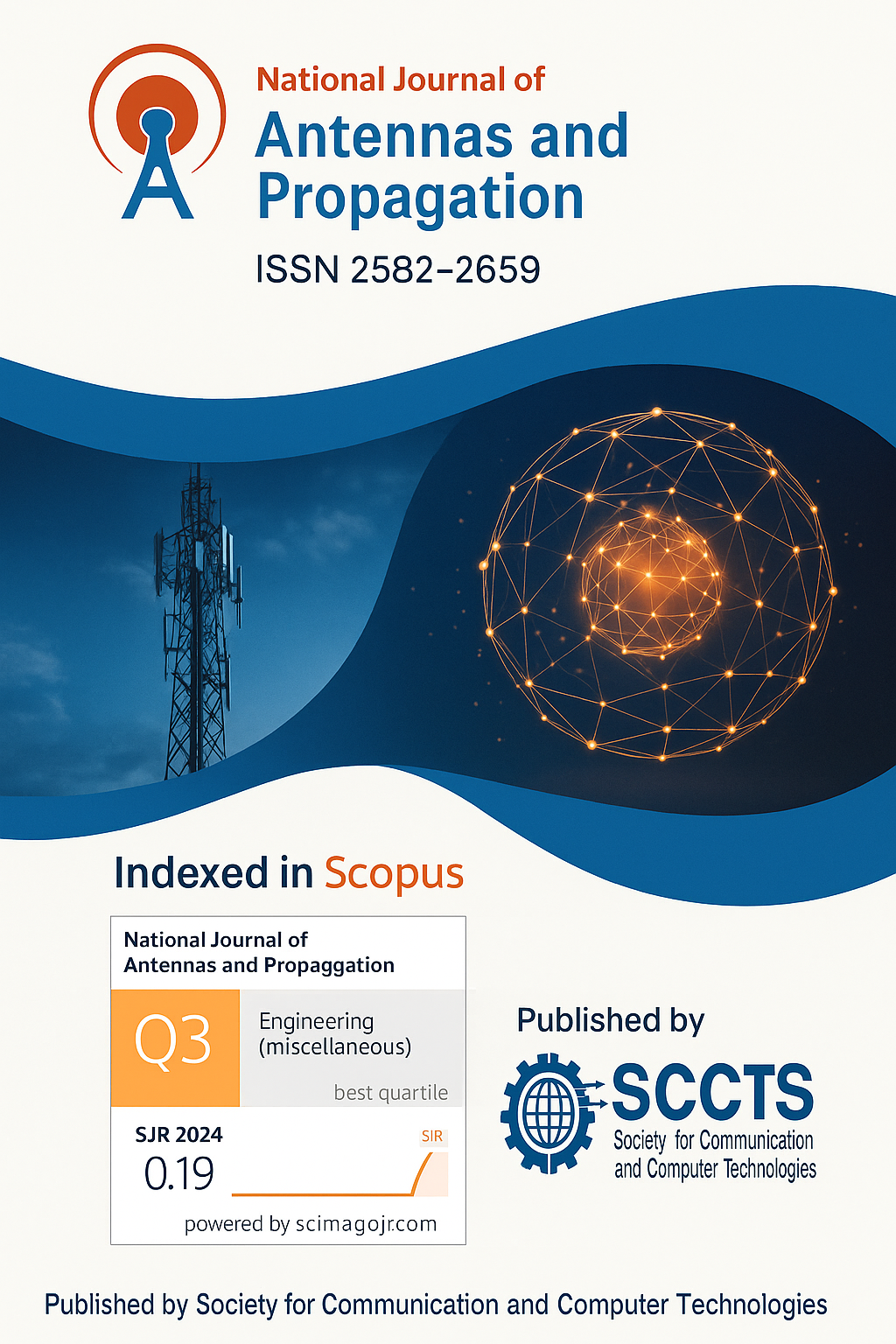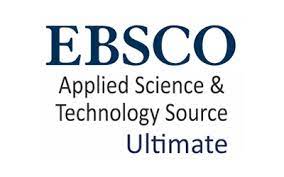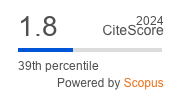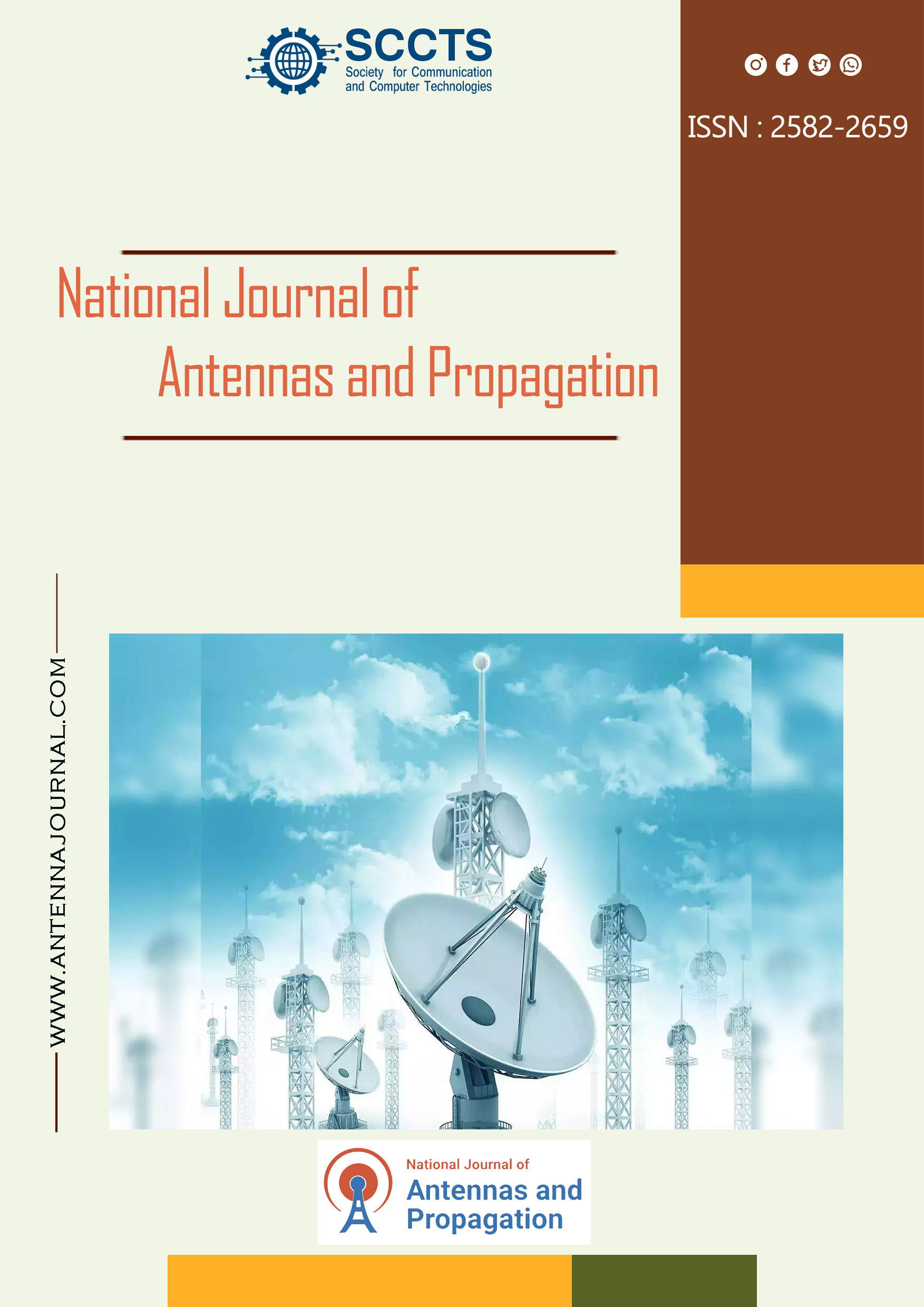Energy-Efficient Wireless Sensor Networks for Smart Healthcare Monitoring and Predictive Analytics
DOI:
https://doi.org/10.31838/NJAP/07.01.27Keywords:
Wireless Sensor Networks, Smart Healthcare, Energy Efficiency, Predictive Analytics, Edge Computing, Health MonitoringAbstract
The development of intelligent healthcare systems has brought a fresh approach to patient-centric care which prioritizes continuous monitoring, early diagnosis and personal treatment. The Wireless Sensor Network (WSNs) has risen to become central to this change
and has empowered the real time combination of crucial physiological metrics including heart rate, oxygen saturation, body temperature, and electrocardiogram readings. Nevertheless, using WSNs in healthcare systems hides tremendous challenges and these challenges are mainly lie in the energy usage, data reliability, and real time response.
Sensor nodes mostly run on low-power supply and transmitting data continuously to ensure continuous monitoring can severely reduce network life span, hence interfere with the sustainability of the system. To address such challenges, this study suggests a low-energy
consumption WSN coupled with the use of edge-based predictive analytics to improve the life expectancy premise of health monitoring systems and also to make them smarter. The model in question follows the hierarchical, cluster based routing protocol whereby the
cluster heads are dynamically chosen depending on the amount of energy with respect to the point of origin in an attempt to reduce the communication overhead. Moreover, smart data collecting and lightweight compression strategies are used throughout the level of
cluster heads in order to minimize irrelevant transmissions. At the edge level, an LSTM neural network is integrated to execute real-time anomaly detection, making sure that aberrations in essential health aspects are detected early enough without relying much on
cloud resources. Real-world physiological data and exhaustive simulations with NS-3 and TensorFlow prove network lifetime to have been improved by 38.6 percent and prediction accuracy by 27.4 percent over traditional baseline systems. Power-efficient communication
and smart edge analytics are scalable and feasible solutions to the next-generation healthcare systems designed to provide efficient medical insights at appropriate time or even crisis. The work represents an important asset in terms of facilitating sustainable and
intelligent remote health monitoring of the older population and chronic disease cases, as well as emergency occupations.











